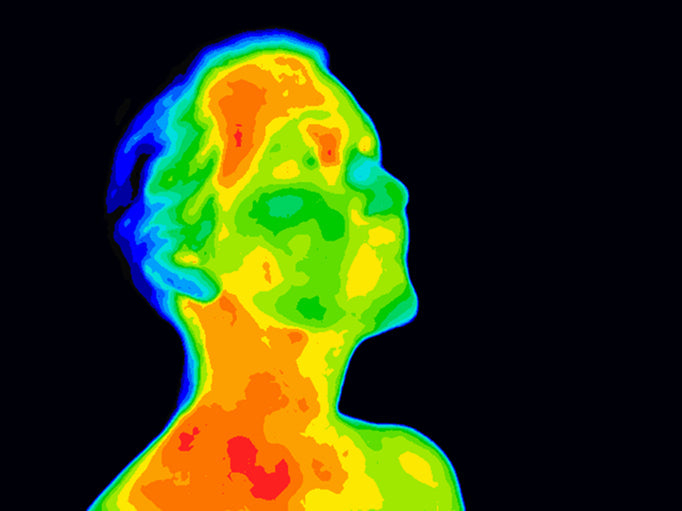If you regularly experience bloating, gas, and other digestive issues, you might want to consider a FODMAP diet. But what is it, exactly, and how does it work?
What is a FODMAP?
FODMAP is an acronym for the types of carbohydrates that can be found in certain foods. These fermentable oligosaccharides, disaccharides, monosaccharides, and polyols travel through the intestines undigested. While many of these foods support healthy gut bacteria, they can spell trouble for those with an intolerance—particularly those with irritable bowel syndrome, ulcerative colitis, and Crohn's disease.
High-FODMAP foods include:
- Dairy products: Cottage cheese, cow's milk, ice cream, ricotta cheese, sheep's milk, sour cream, whey protein supplements, and yogurt
- Fruits: Apples, apricots, blackberries, cherries, dates, figs, peaches, pears, and watermelon
- Legumes: Beans, chickpeas, kidney beans, lentils, and soybeans
- Nuts: Cashews and pistachios
- Sweeteners: Honey, high fructose corn syrup, maltitol, mannitol, sorbitol, and xylitol
- Vegetables: Artichokes, asparagus, broccoli, Brussels sprouts, cabbage, cauliflower, garlic, fennel, leeks, mushrooms, okra, onions, peas, and shallots
- Wheat: Bread, cereal, crackers, and pasta
How do FODMAPs function?
For many people, FODMAPs are poorly digested, so when they reach the colon they get fermented and then used as fuel by the body's intestinal bacteria. While this also occurs naturally with dietary fibers and friendly gut bacteria to produce various health benefits, it tends to do the opposite to those with sensitivities to high-FODMAP foods.
While friendly bacteria produce methane gas, the bacteria feeding on FODMAPs produce hydrogen gas. This can lead to intestinal discomfort ranging from bloating and gas to stomach cramps and constipation. FODMAPs also draw water into the intestine, which can lead to diarrhea.
How can a low-FODMAP diet help?
While it is virtually impossible to eliminate all high-FODMAP foods, various studies have shown that reducing them can have a significant impact on overall health.
Low-FODMAP foods are varied and include:
- Cheese: Brie, cheddar, feta, and Parmesan
- Fruits: Bananas, blueberries, cantaloupe, grapefruit, grapes, kiwi, lemon, lime, oranges, pineapple, raspberries, and strawberries
- Herbs and spices: Basil, chili, ginger, mustard, pepper, salt, wasabi powder, and white rice vinegar
- Nuts: Almonds, Macadamia nuts, peanuts, pecans, pine nuts, and walnuts
- Oils: Coconut and olive
- Protein: Beef, chicken, eggs, fish, lamb, pork, and tofu
- Seeds: Pumpkin, sesame, and sunflower
- Sweeteners: Maple syrup, molasses, and stevia
- Vegetables: Bell peppers, carrots, celery, cucumber, eggplant, green beans, kale, lettuce, olives, potatoes, spinach, sweet potatoes, tomatoes, turnips, and zucchini
- Whole grains: Buckwheat, millet, oats, quinoa, rice, sorghum, and tapioca
Getting started with a low-FODMAP diet
A low-FODMAP diet is not permanent. Its purpose is to identify which foods cause intestinal distress, and it starts with replacing high-FODMAP foods with low-FODMAP foods in your kitchen. It's a three-step process.
The overall idea is to eliminate all high-FODMAP foods for at least three weeks, and then reintroduce foods one at a time while taking notes on their effects. Once you have a clearer idea of trigger foods, you can tailor your diet to include the high-FODMAP foods that don't cause distress.
While a low-FODMAP diet likely won't eliminate all digestive issues, chances are pretty good that it'll decrease them significantly. And when you're experiencing any kind of intestinal pain, any relief is significant relief.




